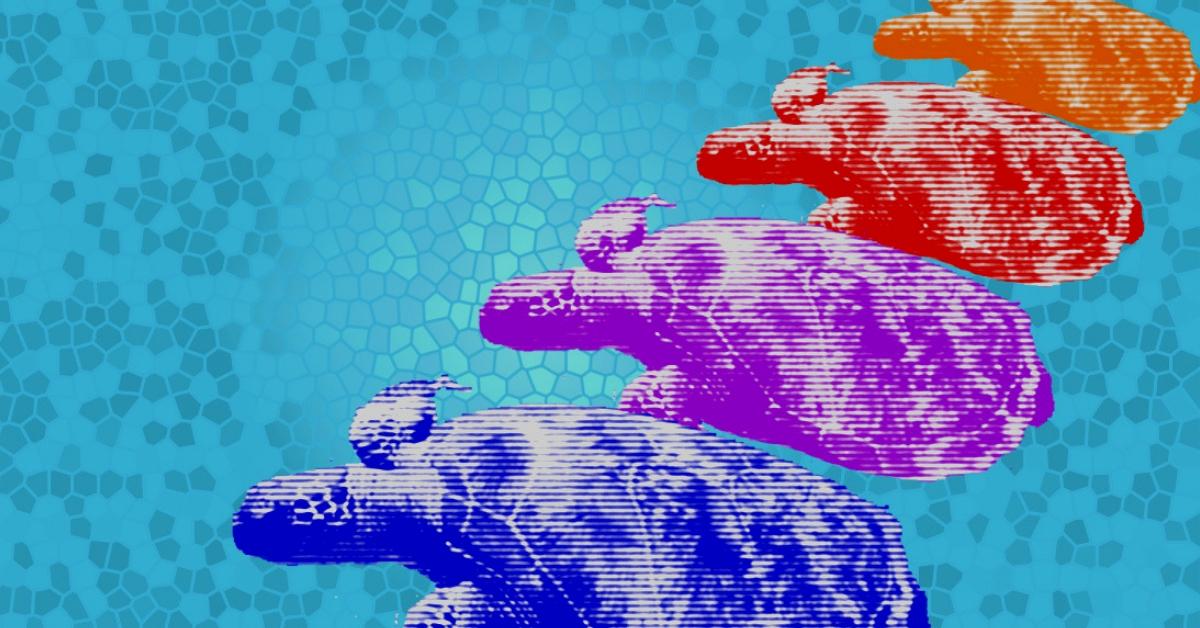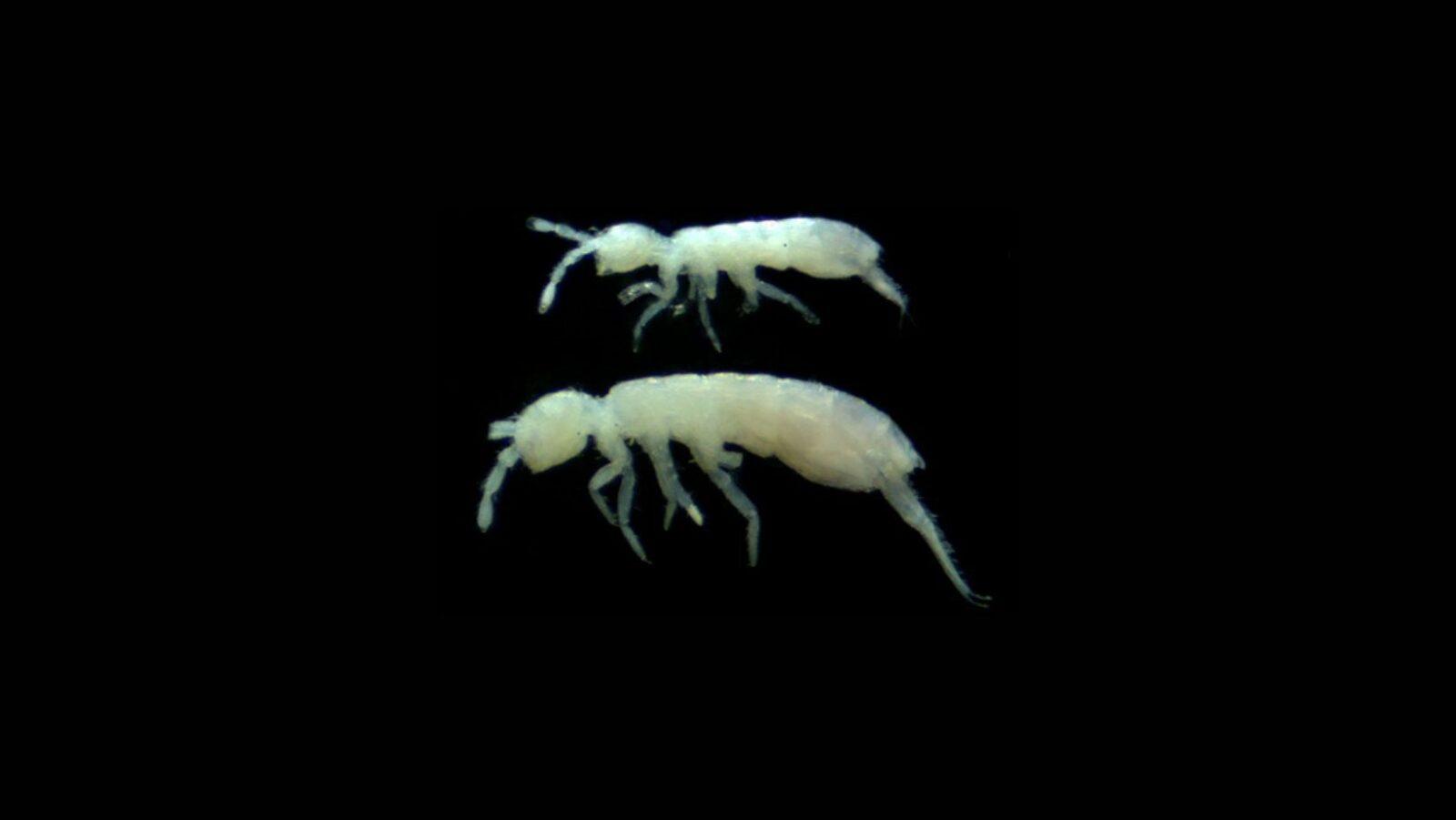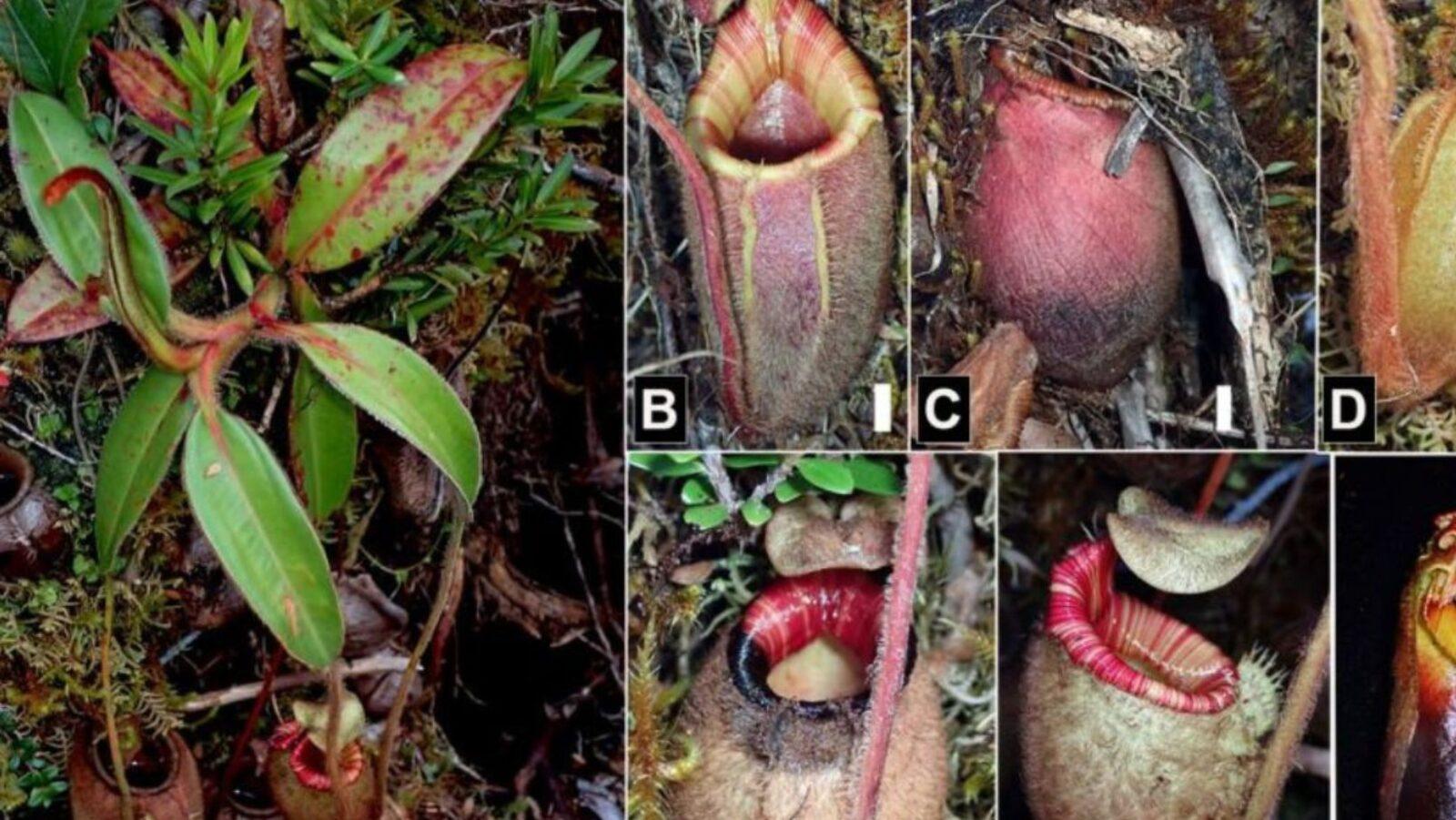• A new study predicts that by 2100, around 93% of green sea turtle hatchlings will be female due to climate change.
• Sea turtle hatchlings follow temperature-dependent sex determination (TSD), becoming male or female depending on the coolness or warmth of their nests.
• While TSD species have historically survived global temperature shifts, they may not be able to adapt quickly enough this time.
The effects of climate change are numerous and far-reaching. Green sea turtles are feeling them, too–in a way that will gravely endanger their population in 80 or so years.
According to a new study in Global Change Biology, thanks to rising global temperatures, about 93 percent of green sea turtle hatchlings will likely be female by 2100. It’s not a mutation, though, but a biological “tipping of the scales” that could lead to their eventual extinction.
Too many “hers” in half-shells
Unlike humans and most mammals, green sea turtle sex isn’t determined by chromosomes. Instead, sea turtles follow temperature-dependent sex determination (TSD). Simply put, cooler sands result in more male hatchlings, while warmer nests produce more females.
Right now, green sea turtles are doing well, balance-wise. 52 percent of hatchlings are female, which gives then a pretty decent reproductive ratio.
Unfortunately, as the planet gets hotter, so will turtles’ nesting sites, which will result in an increase of female hatchlings. Of course, this could give turtles a short-term population boost, as there will be more females to lay eggs. As time passes, though, this massive gender shift will reach critical levels, which could spell doom for them.
“Our results suggest the nesting population of green turtles the Bijagós Archipelago, Guinea-Bissau, will cope with the effects of climate change until 2100,” stated Dr. Rita Patricio, who led the team of scientists from UK’s University of Exeter and Portugal’s Marine and Environmental Sciences Centre in conducting the study.
By constructing various scenarios, the team predicted how rising temperatures will affect turtle sex determination. They based their predictions on the United Nations’ recent Intergovernmental Panel on Climate Change (IPCC) report, as well as data from a nesting site in Guinea-Bissau, Africa. Their models revealed more than just a disturbing TSD trend for turtles, though. They also found that rising sea levels may end up engulfing 33 to 43 percent of turtle nesting grounds worldwide.
“Although rising temperatures will lead to more female hatchlings–and 32-64 percent more nesting females by 2120–mortality in eggs will also be higher in these warmer conditions,” explained Patricio. “As temperatures continue to rise, it may become impossible for unhatched turtles to survive.”
Shell shock
Right now, we don’t completely understand the biological mechanisms that affect TSD in turtles. Thus, there’s not much we can do to manually regulate it.
That’s not to say, though, that TSD species haven’t survived warmer or cooler global temperatures before. The problem here is that climate change is happening so rapidly that the typical adaptive mechanisms–such as picking a different nesting season or, in the case of certain species, changing sexes when necessary–might not be enough to save them in time.
Additionally, this isn’t the first time we’ve observed this phenomenon in turtles. Two years ago, researchers examined green turtle populations along the northern end of the Great Barrier Reef. They found that 99.1 percent of the juveniles there were female. The same trend was observed in a 2014 study on loggerhead turtle hatchlings. However, the ratio between males and females didn’t indicate that the species was in trouble, reproduction-wise.
Green sea turtles are among the five sea turtle species found in the Philippines. They are classified as Endangered by the International Union for Conservation of Nature (IUCN).
As it is, these chelonians are barely surviving in the face of poachers and pollution. But now, they may have truly found themselves in hot water–literally.
Cover photo: News Corp Australia
References
- http://www.exeter.ac.uk/news/research/title_697500_en.html
- http://www.genetics.org/content/203/1/557
- https://iucn-mtsg.org/about-turtles/species/green/
- https://onlinelibrary.wiley.com/doi/full/10.1111/gcb.14520
- https://www.cell.com/current-biology/fulltext/S0960-9822(17)31539-7
- https://www.jstor.org/stable/24335200
- https://www.nature.com/articles/nclimate2236
Author: Mikael Angelo Francisco
Bitten by the science writing bug, Mikael has years of writing and editorial experience under his belt. As the editor-in-chief of FlipScience, Mikael has sworn to help make science more fun and interesting for geeky readers and casual audiences alike.







